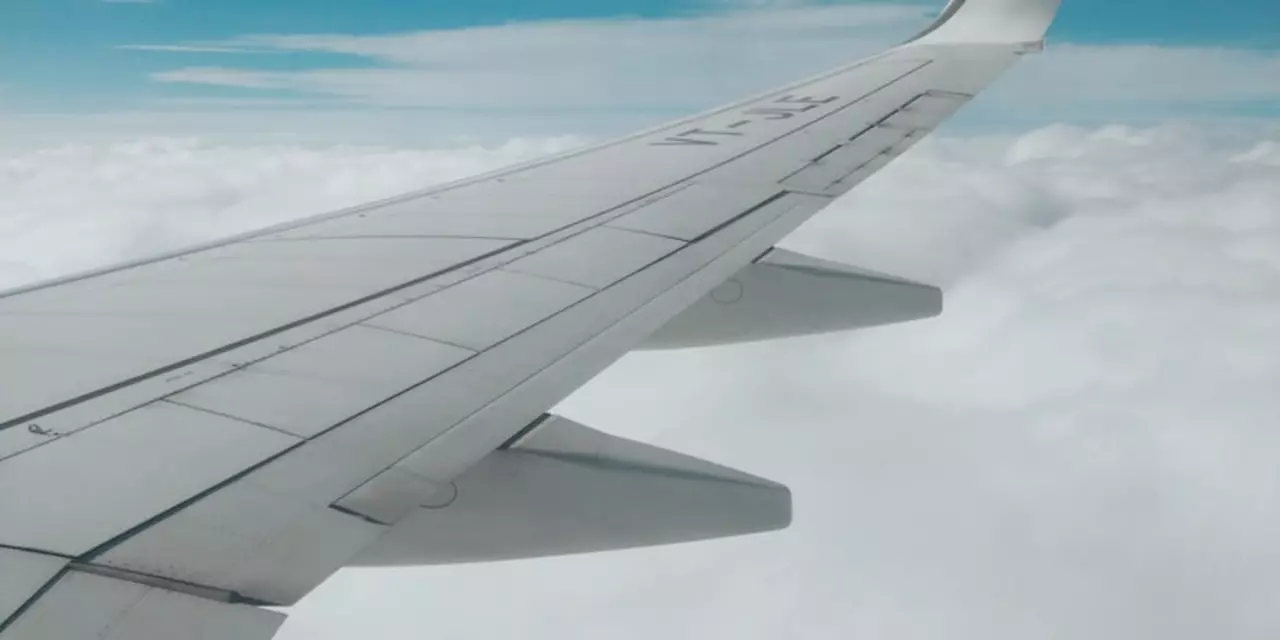How to Become a Pilot: A Straightforward Guide
Ever looked up at a plane and wondered who’s behind the controls? If you love traveling, technology, or just the idea of soaring above clouds, a pilot career might be right for you. This guide breaks down what pilots actually do, the steps you need to take, and what life looks like once you’re in the cockpit.
What Does a Pilot Do?
A pilot’s main job is to fly the aircraft safely from point A to point B. That means checking weather, planning routes, talking to air traffic control, and handling any issues that pop up mid‑flight. Outside of flights, pilots log hours, keep their medical certificates up to date, and stay sharp with regular training. Whether you’re flying a small Cessna for a local flight school or a jumbo jet for an airline, the core responsibilities stay the same: keep the plane and passengers safe.
Steps to Become a Pilot
1. Get a solid education. You don’t need a college degree for every pilot job, but a high school diploma is a must and many airlines prefer a bachelor’s. Focus on math, physics, and English – they’ll help you understand navigation and communication.
2. Earn a medical certificate. Before you even step into a cockpit, you’ll need a Class 1 or Class 2 medical from an authorized aviation doctor. It checks vision, hearing, heart health, and more. Without it, you can’t log flight time.
3. Join a flight school. Look for a school approved by the DGCA (or your country’s regulator). You’ll start with a Private Pilot License (PPL), which teaches basic flight maneuvers, navigation, and safety. Expect around 40–50 hours of flight time for this stage.
4. Advance to a Commercial Pilot License (CPL). This is where you start earning money. You’ll need at least 200 total flight hours, plus more ground school on advanced topics like instrument flying and multi‑engine operations.
5. Get the Airline Transport Pilot (ATP) rating. Most airlines require this top‑level license. It usually demands 1,500 flight hours, plus extra training on large aircraft systems and crew resource management.
6. Apply to airlines or charter companies. Your resume should highlight total hours, types of aircraft you’ve flown, and any specific endorsements (e.g., night flying, instrument). Interviews often include simulator checks and scenario questions.
7. Keep learning. Aviation is constantly evolving. Pilots must complete recurrent training every six months to keep their skills fresh and stay compliant with new regulations.
Those steps might sound long, but many pilots say the journey is rewarding. Each flight builds confidence, and the sense of freedom in the sky is hard to match.
Besides the love of flying, pilots enjoy solid earnings. In India, a fresh commercial pilot can earn between ₹4‑6 lakhs per year, while senior airline captains often make above ₹20 lakhs. Salaries rise with experience, aircraft type, and the airline’s size.
Ready to start? Begin by researching local flight schools, talk to current pilots, and schedule a medical exam. The path may take a few years, but if you’re passionate about aviation, it’s a path worth taking.
Remember, becoming a pilot isn’t just about mastering the controls – it’s about commitment, continuous learning, and a genuine love for the skies. If that sounds like you, the cockpit is waiting.
What went wrong with Air India which led to crash landing?
Air India Flight IX 812 crashed into the sea off the coast of Mangalore, India on 22 May 2010. The crash killed 158 out of the 166 people on board, making it one of the deadliest aviation disasters in India. Investigations revealed that the pilots were flying manually instead of relying on the autopilot system. The aircraft was not configured for manual flying, which led to the pilots experiencing spatial disorientation and ultimately crashing the plane. Poor maintenance of the aircraft, lack of proper training, and inadequate communication between the pilots and the air traffic control were also factors that contributed to the disaster.
